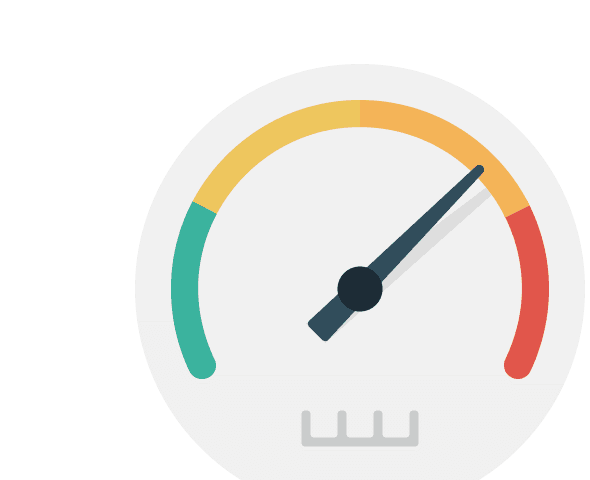Mortgage rates have continually dropped over the last few years by upwards of 1% for some mortgage owners. This has led many to question if it makes sense to break their mortgage early and refinance, or switch to another lender at the end of their term. Switching can save mortgagees a lot of money, while refinancing can potentially save money, as well as unlock key dollars at important times.
What is mortgage refinancing?
Refinancing a mortgage happens when a mortgage owner breaks their mortgage before the end of their term (i.e. year 3 of their 5 year term). In these situations, the mortgage owner would refinance their current mortgage to a new one – either with their current lender or more often with a new lender. Key note, when refinancing, you can make big changes like borrow more money (up to 80% of your homes value). You cannot do this when you switch.
Should you refinance and borrow more money?
Homeowners often refinance to borrow more money than their current mortgage to have extra money in their bank. This can unlock much needed dollars in a time of financial need, borrowed at a much lower rate than a classic loan or credit card charge. As an example, if you home is valued at $500,000, and your remaining mortgage is $350,000 you can borrow up to $50,000 more against your home at potentially lower mortgage interest rates.
Should you refinance to lower monthly payments?
Another reason that home owners refinance is to decrease monthly payments by increasing the length of their amortization. As an example, if someone has 15 years left on their mortgage with $200,000 remaining and wants to lower monthly payments, they can increase their amortization to 25 years. On a 2.9% fixed rate mortgage that would change their monthly payments from $1,370 to $940. It is important to note, however, that this would lead to more interest paid over time as you would be extending the time to pay off your mortgage and interest payments.
What does switching a mortgage mean?
Switching a mortgage happens when a mortgage owner is at the end of their term (i.e. 5 year term) and would like to find a better options than what their current lender is offering, as often renewal offers from lenders are not a strong offer. This mortgage owner would then look to switch their mortgage over to a new lender.
Why should you switch your mortgage?
To find a better option than a current renewal offer. This can be based on key features (i.e. better prepayments, or getting out of a collateral mortgage), or to get a lower rate. Shopping around at renewal can save homeowners thousands.
A lot of home owners make the mistake of not shopping around because lenders make it very easy to renew with them. Making things worse, most lenders will rarely offer a competitive offer. So home owners can be leaving thousands at the table by not shopping around. Below is an example of what it would look like to switch your mortgage to get a better product and what the savings would be.
Remaining mortgage balance: $400,000 | |
Remaining amortization: 20 years | |
Current Mortgage | New Mortgage |
Rate: 2.99% | Rate: 2.79% |
Monthly payments: $2,215 | Monthly payments: $2,175 |
Total interest savings over 5 years: $3,720 | |
More mortgage paid off over 5 years: $1,380 | |
As you can see, not only would a home owner save close to $4,000 in interest by shopping around, they would also pay off more of their mortgage principal. Overall, an hour or so of extra work can save you good money. There are the potential for some small fees to switch, but many lenders cover the fees.
How to refinance or switch?
The best way to refinance or switch is to speak with a mortgage expert who can explain the process. At Homewise, we work to make the experience easier than ever. You can apply online on our site in 5 minutes, then you will be set up with one of our Mortgage Advisors who will take you through each step in the process, and negotiate for you with our 30 bank and lender partners. All with the goal of getting you the best mortgage for your unique needs. Apply now in minutes here.








